In 2024, drone technology has seen significant advancements, particularly in camera quality, flight performance, and user-friendly features. Here are some of the best drones across different categories based on expert reviews and user feedback:
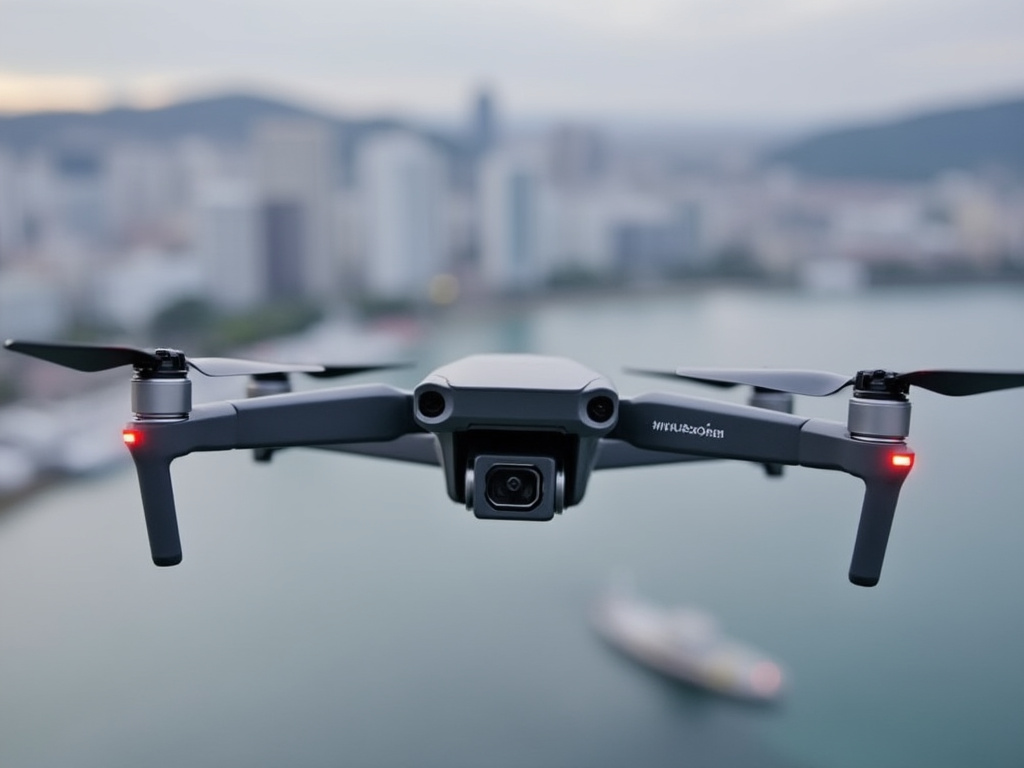
- DJI Mini 4 Pro:
- Features: This drone is under 250 grams, making it exempt from many regulations that apply to heavier drones. It offers 4K video capabilities with HDR in both vertical and landscape orientations, 360-degree obstacle avoidance, and up to 38 minutes of flight time. It’s recommended for those looking for a compact yet powerful drone for travel or general use. There are 2 versions available 1 has a screen on the controller and the other does not.
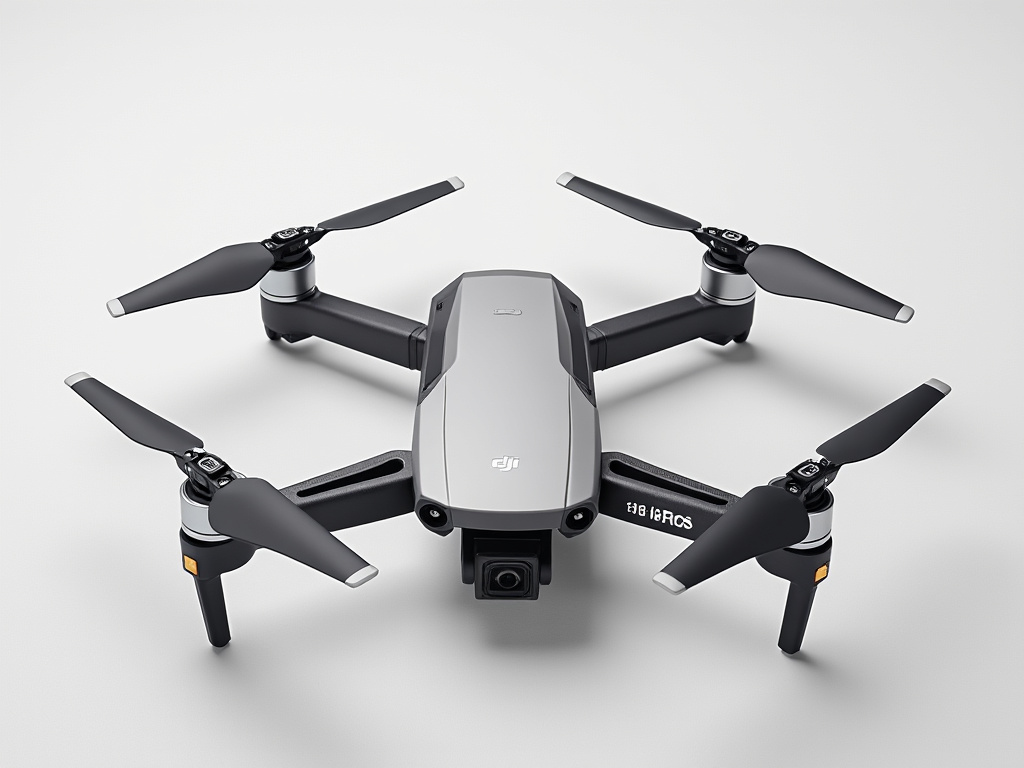
2. DJI Air 3S:
- Features: An evolution from its predecessor, the DJI Air 3, this drone includes dual cameras for versatile shooting options, improved low-light performance, and a robust build quality. It’s ideal for creators who need high-quality video for both social media and professional projects.
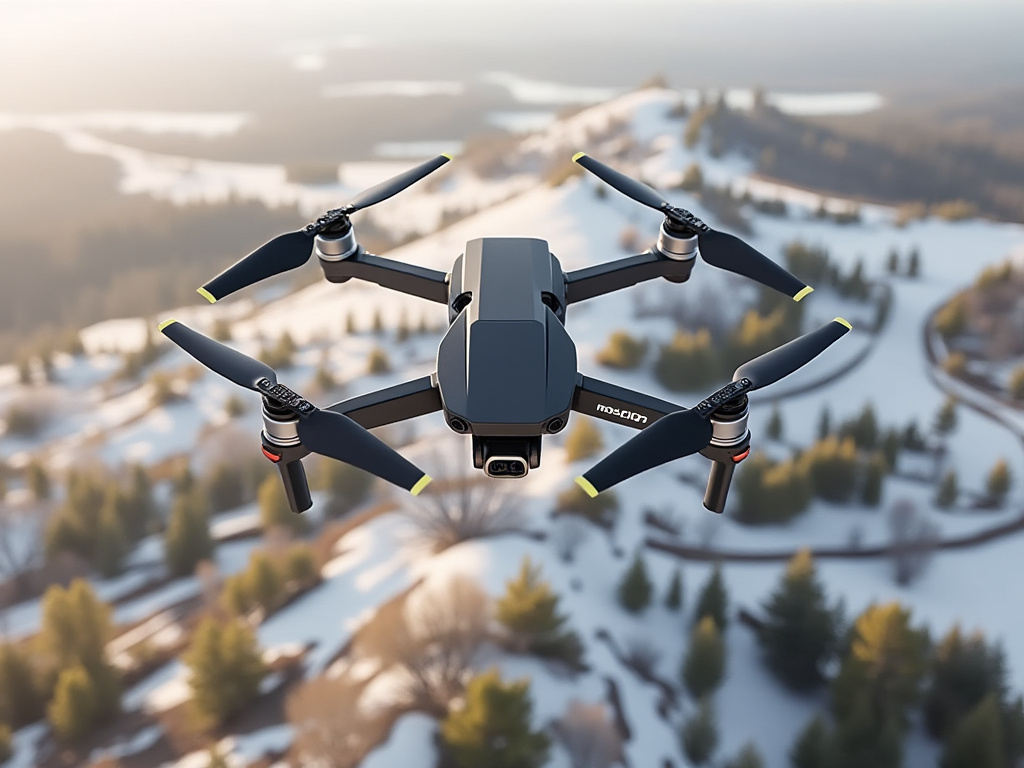
3. DJI Mavic 3 Pro:
- Features: As one of the top-tier drones, it boasts triple camera systems (wide, medium, and telephoto lenses), excellent video and photo quality, and advanced flight modes like MasterShots and QuickShots. It’s suited for professional aerial photography and videography with top-notch safety features like omnidirectional obstacle avoidance.
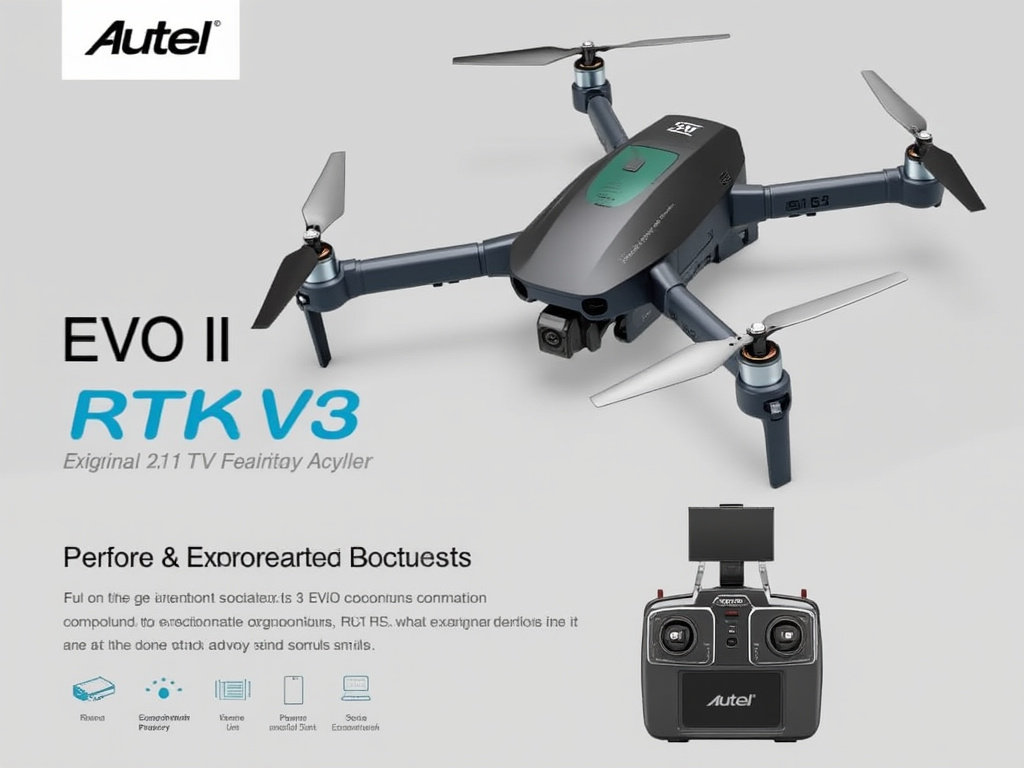
4. Autel EVO II Pro RTK V3:
- Features: Known for its real-time centimeter-level positioning through RTK (Real-Time Kinematic) technology, this drone is favored in applications requiring high precision, like surveying or mapping. It can record in 6K and has a long flight time, making it a solid choice for professional use.
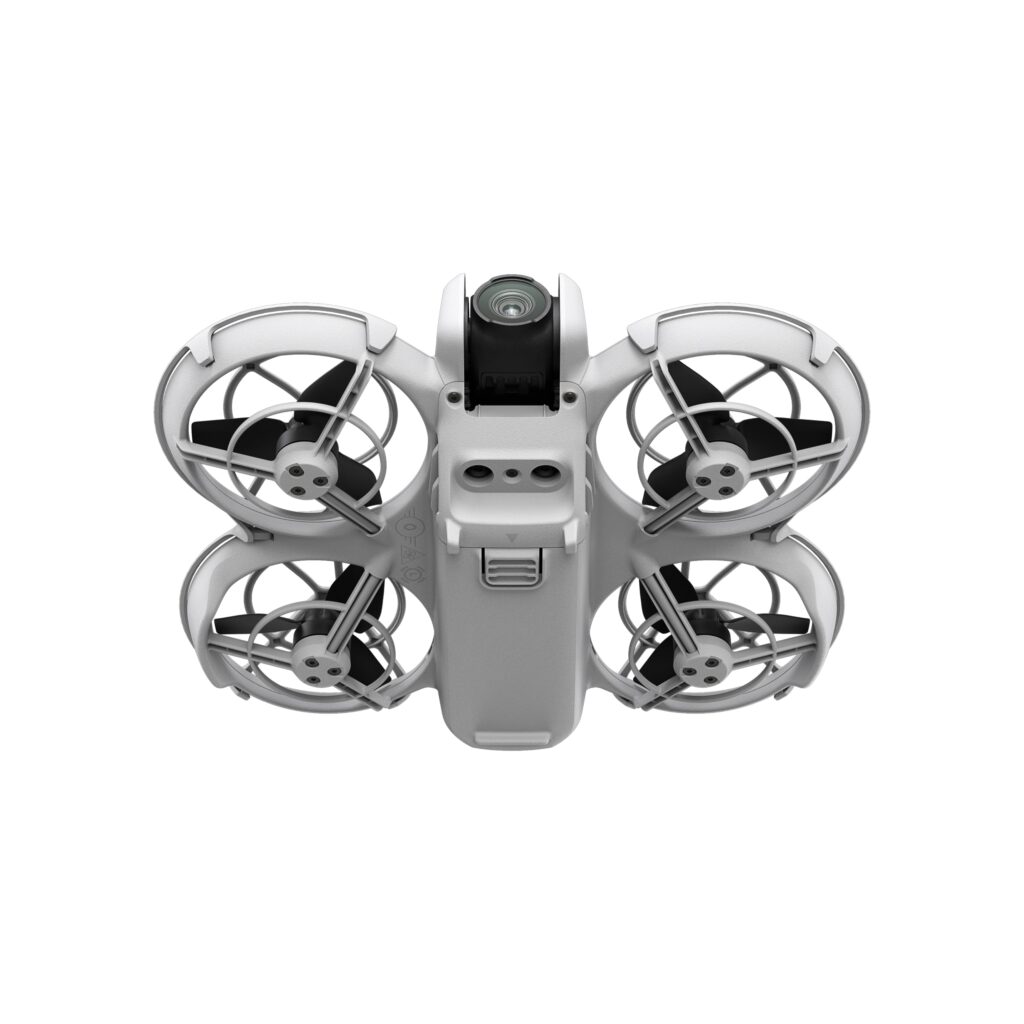
5. DJI Neo:
- Features: This is DJI’s most affordable drone option, aimed at beginners or those looking for an entry-level model. It’s controller-free, with options for FPV, remote, or app control, making it very accessible. It’s not as feature-rich as higher models but offers a good balance of cost and functionality.
These drones cater to various needs, from professional aerial imaging to fun recreational flying, and reflect the latest in drone technology for 2024. Remember, when choosing a drone, consider factors like your intended use, budget, the need for registration (based on weight), and any specific features like obstacle avoidance or advanced camera settings that are important to you.
Best Drones for the Price:
Here are some budget friendly drones for 2024 that cater to various budget levels, based on the latest trends and consumer feedback:

DJI Neo – Priced at around $199, the DJI Neo is one of the cheapest options from DJI, offering good video quality at 4K/30fps. It’s particularly noted for its compact size and being controlled via a mobile app, making it great for spontaneous flying.
Pros of the DJI Neo:
- Compact and Lightweight: Weighing only 135g, the DJI Neo is highly portable and easy to carry, making it ideal for travel and spontaneous flying. Its size also means it falls under the 250g limit, which often requires no registration in many countries.
- Ease of Use: The Neo can be controlled without a traditional remote, using just the DJI Fly app on a smartphone or through voice commands. This simplicity makes it accessible for beginners.
- Intelligent Flight Modes: Features like QuickShots, subject tracking, and palm takeoff/landing enhance the user experience by allowing for easy creation of dynamic videos without extensive piloting skills.
- Affordability: Priced at $199 for the basic model, it offers an entry-level price point for DJI’s technology, making drone flying more accessible.
- Versatility in Control Options: It supports various control methods, including FPV with DJI Goggles 3, offering flexibility for different user preferences and skill levels.
- Durability: Designed to withstand minor crashes, its propeller guards and robust construction make it suitable for indoor use or for beginners who might bump into objects.
Cons of the DJI Neo:
- Limited Battery Life: With a flight time of about 15-18 minutes, it doesn’t match the endurance of other DJI drones, requiring frequent battery swaps if you plan on extended flying sessions.
- No Obstacle Avoidance: Unlike some higher-end DJI drones, the Neo lacks sensors for obstacle avoidance, which could lead to crashes if not flown carefully.
- Camera Limitations: While it can shoot in 4K, the image quality isn’t on par with DJI’s more professional models. It struggles in low light and with dynamic range, which might not satisfy users looking for high-quality aerial photography.
- Wind Sensitivity: Due to its lightweight design, the Neo can be affected by moderate wind, potentially making outdoor use less stable.
- Limited Range Without RC: When controlled solely by a smartphone, the range is limited to about 50 meters, restricting how far you can fly.
- App Dependency for Full Functionality: Many features require the DJI Fly app, which might have a learning curve or occasional software issues.
- No Remote ID: While this might not be a con for recreational use, for commercial or professional pilots, this could be a limitation as it doesn’t comply with FAA’s Remote ID requirement.
These points illustrate that while the DJI Neo is an innovative, budget-friendly, and user-friendly drone, it does have certain compromises in terms of performance and features when compared to more advanced models.

DJI Mini 4K – A budget-friendly option with 4K video capabilities, this drone is known for its ease of use and quality imaging for the price. It’s ideal for beginners who want a drone that’s simple to operate without compromising on video quality.
DJI Mini 4K Pros:
- Affordability: Priced at $299, it’s an attractive option for those looking to enter the drone market without a significant investment.
- Compact and Lightweight: Under 250 grams, it doesn’t require registration in many regions, making it highly portable and easier to comply with regulations.
- Video Quality: Offers 4K video recording at 30 fps with a decent bitrate of 100 Mbps, providing good quality for its price range.
- User-Friendly: Features like one-tap takeoff and landing, QuickShots automated flight patterns, and GPS-guided return to home make it very beginner-friendly.
- Battery Life: Up to 31 minutes of flight time, which is respectable for a drone at this price point.
- Camera Capabilities: Besides 4K video, it can capture 12MP photos in both RAW and JPEG formats, offering flexibility for post-processing.
- Wind Resistance: Rated for up to level 5 wind resistance, providing stable flight in moderate wind conditions.
DJI Mini 4K Cons:
- Lack of Advanced Features: Does not include obstacle avoidance or ActiveTrack, features found in higher-end models like the Mini 4 Pro.
- Camera Sensor: Uses an older 1/2.3-inch sensor which might not perform as well in low light compared to newer models.
- App Limitations: The DJI Fly app, while user-friendly, could benefit from improvements in interface and feature polish.
- No Built-in Screen: Requires pairing with a smartphone for the display, which might be inconvenient for some users.
- Flight Time: While good for its class, the 31-minute flight time is shorter compared to some competitors or higher-end DJI models with longer battery life options.
- Limited Additional Accessories: Unlike more advanced models, it doesn’t come with as many accessory options out of the box, which could limit customization for some users.
- Digital Zoom: While it offers a 2x digital zoom, the quality might degrade, especially noticeable in lower light conditions.
When considering the DJI Mini 4K, it stands out for beginners or those on a budget looking for quality aerial footage without the complexity of more advanced drones. However, for users who require advanced flight features or better performance in challenging conditions, other models in DJI’s lineup might be more appropriate.

DJI Mini 2 SE – This drone provides a balance between cost and functionality, with 2.7K video recording and a three-axis gimbal for stable footage. Its price often hovers around $470, which is considered reasonable for its features. Currently it’s around $330.
Pros of the DJI Mini 2 SE:
- Lightweight and Portable: Weighing under 249 grams, it doesn’t require registration in many countries, making it ideal for travel and spontaneous use.
- Affordable Price Point: It’s one of the more budget-friendly options in DJI’s lineup, offering significant capabilities for its cost.
- Flight Performance: Shares similar flight dynamics with the Mini 2, providing a reliable and stable flight experience. It’s noted for decent wind resistance, up to level 5 winds.
- Camera Quality: Equipped with a 12MP camera that can shoot 2.7K video at 30fps, suitable for casual video capture without the need for 4K.
- Long Flight Time: Advertised flight time of up to 31 minutes, which is impressive for its size class.
- Ease of Use: Designed with beginners in mind, featuring simple controls, an intuitive app interface, and safety features like automatic return-to-home.
- Range: Utilizes OcuSync 2.0 for video transmission, offering a maximum range of 10 km, which is excellent for its category.
Cons of the DJI Mini 2 SE:
- Video Resolution: Lacks the ability to shoot in 4K, which might be a drawback for users interested in higher resolution footage.
- No Obstacle Avoidance: Unlike some higher-end models, it does not have obstacle avoidance sensors, requiring more careful piloting to avoid collisions.
- Limited Advanced Features: Misses out on some of the more advanced intelligent flight modes found in pricier models like ActiveTrack or Hyperlapse.
- Battery Life in Real-World Use: While advertised at 31 minutes, real-world usage might be closer to 20-25 minutes, depending on conditions like wind and camera usage.
- Controller Compatibility: The drone does not support the DJI RC controller with a built-in screen, requiring a smartphone for operation.
- Video Frame Rate: The camera tops out at 30fps in 2.7K, and there’s no option for 60fps at this resolution, which might limit some fast-motion capture capabilities.
- Software Limitations: The DJI Fly app, while functional, lacks some polish and could use improvements in its user interface for better user experience.
Overall, the DJI Mini 2 SE strikes a balance between cost, performance, and portability, making it an excellent choice for beginners or for those looking for a secondary, travel-friendly drone. However, for users needing advanced features or higher video quality, other models in the DJI lineup might be more suitable.

Potensic Atom – Offering competitive features like 4K video, the Atom 3 is praised for delivering quality similar to DJI’s offerings at a lower price point, making it a budget-friendly choice for new pilots.
Pros of the Potensic Atom :
- Lightweight Design: Weighing under 249g, the Potensic Atom 3 does not require FAA or Remote ID registration, making it more convenient for travel and use in various locations.
- Extended Flight Time: It offers up to 96 minutes of total flight time with three batteries, which is quite impressive for its category, especially with the inclusion of a parallel charging hub.
- High-Quality Camera: Equipped with a 3-axis gimbal and a 12MP SONY CMOS sensor, it can capture 4K video at 30FPS, providing smooth and high-quality aerial footage.
- Long Range Transmission: The drone has a maximum 6KM transmission range, allowing for extended control distance.
- Visual Tracking and QuickShots: Features like visual tracking and pre-programmed flight paths for capturing cinematic shots enhance its appeal for both beginners and enthusiasts.
Cons of the Potensic Atom :
- Wi-Fi Connectivity Issues: Some users might find the Wi-Fi connectivity challenging, especially when attempting long-distance control or live streaming.
- Proprietary Battery: The batteries are not standard, requiring users to purchase replacements directly from Potensic, which might limit options and affect cost-effectiveness.
- Limited Video Capture Resolution Options: While it offers 4K at 30FPS, some users might find the lack of higher frame rates or ND filters for better light control limiting for professional videography.
- Gimbal Issues Post-Update: There have been reports of gimbal issues after firmware updates, where the gimbal would not maintain its position, necessitating recalibration or potentially affecting video stability.
- Lack of Collision Avoidance: Like many drones in its price range, it does not feature collision avoidance, requiring more manual piloting care around obstacles.
These points summarize the key advantages and disadvantages based on user experiences and reviews, providing a balanced view for potential buyers considering this drone.

Ruko F11Pro – This drone provides a good balance of features for the budget-conscious buyer, including 4K video, GPS, and extended flight time, usually found for under $300.
Certainly. Here’s an overview of the pros and cons of the Roku F11Pro drone based on available information:
Pros:
- GPS-Assisted Flight: The drone features GPS which allows for stable and precise flight, making it easier for both beginners and experienced pilots to capture quality aerial footage. This includes functions like Return to Home for safety and ease of use.
- 4K Camera: It comes equipped with a 4K Ultra HD camera, offering high-quality image and video capture with a wide 120-degree field of view, enhancing the drone’s appeal for content creation.
- Long Flight Time: The Ruko F11Pro has a notable flight time of up to 30 minutes with each battery, doubling effectively with the two batteries provided, which is quite competitive in its category.
- Brushless Motors: These motors are more efficient and durable, providing better flight performance and longevity compared to brushed motors.
- Beginner-Friendly: With features like one-key takeoff/landing, altitude hold, and a Beginner Mode, it’s designed to be user-friendly for those new to drone flying.
- Portability: Its foldable design makes the F11Pro easy to transport and store, ideal for travel or outdoor adventures.
Cons:
- No Obstacle Avoidance: One of the major drawbacks is the lack of an obstacle avoidance system, which could lead to crashes, especially in complex environments or when using autonomous flight modes like Follow Me.
- Camera Stability: Despite having a 4K camera, it lacks a gimbal stabilizer, which might result in less stable footage in windy conditions or during agile maneuvers.
- Long Battery Charging Time: The batteries take approximately 3.5 hours to charge fully, which could be a limitation if you need quick turnaround times for multiple flights.
- Build Quality Concerns: Some users have noted that the materials used might feel less premium or somewhat cheap, potentially impacting durability in the long run.
- Limited Advanced Features for Professionals: While great for beginners and casual users, those looking for professional-grade features like advanced stabilization or more sophisticated flight modes might find it lacking.
- GPS Calibration Issues: There have been reports of difficulties with GPS calibration, which can be frustrating and might limit flight options if not in an area with good satellite reception.
This evaluation should help potential buyers understand what to expect from the Roku F11Pro in terms of its capabilities and limitations.

Holy Stone HS720 – Known for its affordability, this drone offers 4K video, a 3-axis gimbal, and GPS return-to-home features. It’s a solid pick for those who want to get into drone flying without a significant investment.
The Holy Stone HS720 drone has garnered attention for its balance of features and affordability, making it suitable for both beginners and those looking to expand their drone flying skills. Here are the pros and cons based on user reviews and expert analysis:
Pros:
- Affordability: The HS720 offers a good set of features at a competitive price, making it an attractive option for those not wanting to invest heavily in drone technology.
- Flight Time: It provides up to 26 minutes of flight time per battery, which is quite impressive for its category. This extended flight duration allows for more extensive aerial photography or just enjoying longer flights.
- Camera Quality: Equipped with a 4K camera, it captures high-resolution photos and videos. The camera has a 90-degree adjustable lens, which offers flexibility in shooting angles.
- GPS and Intelligent Flight Modes: The drone features GPS for stable hovering and includes automatic return-to-home functionality, which is particularly handy for beginners or in case of signal loss. It also supports modes like follow-me, point of interest, and waypoint navigation, enhancing the flying experience.
- Portability: The foldable design makes the drone easy to transport, which is ideal for travel or outdoor adventures.
- Ease of Use: Designed with beginners in mind, it has an intuitive controller with an LED display for basic telemetry data like battery life, making it user-friendly.
Cons:
- No Gimbal: Unlike more expensive drones, the HS720 lacks a mechanical gimbal for the camera, relying instead on a shock absorption system which might not stabilize footage as effectively in windy conditions.
- Battery Charging Time: The battery takes 5-7 hours to charge, which can be inconvenient if you want to fly multiple sessions in one day without spare batteries.
- Limited Range with Video Transmission: While the control range is impressive, the video transmission distance is somewhat limited, especially when compared to higher-end models.
- Build Quality: The drone’s construction has been described as feeling plasticky, suggesting it might not withstand rough use as well as more premium models.
- No Obstacle Avoidance: It lacks sophisticated obstacle avoidance systems, which might pose a risk during autonomous flight modes or in complex environments.
- Camera Stability: While the camera does a decent job, the absence of a gimbal means footage can be shaky if not flown carefully or in calm conditions.
This overview should help in understanding what the Holy Stone HS720 offers and where it might fall short, assisting in making an informed purchase decision.

HoverAir X1 – While slightly more expensive, it’s included for its unique value proposition: no controller needed, making it extremely user-friendly for quick shots, especially selfies. Its price is justified by its ease of use and portability.
Pros of the HoverAir X1:
- Portability: The HoverAir X1 is extremely lightweight at just 125g and foldable, making it highly portable. It can fit into a jacket pocket or small bag, ideal for travel or spontaneous use.
- Ease of Use: Designed for beginners and those not interested in manual flight, the X1 offers autonomous flight modes that require minimal input from the user. It can be launched with a simple palm takeoff, reducing the learning curve significantly.
- Autonomous Tracking: Equipped with intelligent algorithms, it excels at following and tracking subjects with impressive accuracy, making it perfect for vloggers or anyone wanting to capture themselves in action without needing an external camera operator.
- Safety Features: The fully enclosed propeller design enhances safety, allowing safe operation around people, indoors, or in tight spaces. This design also prevents rotor damage from minor collisions.
- Quality for Social Media: While not top-tier in resolution, the video quality at 2.7K is more than sufficient for social media platforms, offering clear and stabilized footage.
- Quick Deployment: The drone is designed for quick setup and use, which is excellent for capturing moments on the go without extensive preparation.
Cons of the HoverAir X1:
- Limited Manual Control: Although it has a manual mode via a smartphone app, the control is not as intuitive or responsive as with traditional drone controllers, limiting its appeal for those who enjoy piloting drones manually.
- Battery Life: The flight time is relatively short, around 10-11 minutes per battery, which can be a limitation for extended shooting sessions. This issue can be mitigated with additional batteries, but it adds to the cost.
- No Obstacle Avoidance: Unlike more advanced drones, the HoverAir X1 lacks obstacle avoidance technology, requiring users to be cautious about the environment, especially when using tracking modes.
- Video Resolution: While adequate for casual use, the maximum video resolution of 2.7K might not satisfy users looking for higher quality footage. There’s also no option for 4K video in the standard model.
- Wind Resistance: Its small size and weight make it less stable in windy conditions. It can handle up to level 4 winds but might struggle or experience footage shake beyond that.
- Camera Limitations: The camera settings are quite basic with limited control over exposure, which might not be ideal for users wanting more professional or creative control over their footage.
- Cost: While not excessively expensive for what it offers, its price might still be considered high for a drone without advanced features like 4K video, obstacle avoidance, or long flight times.
- Audio Capture: For capturing sound, you need to use your smartphone’s microphone via the app, which might not be as convenient or effective as having an onboard microphone.
The HoverAir X1 strikes a balance between convenience for the casual user or creator and the limitations inherent in its design for more serious aerial photography or videography needs.
These drones offer a range from basic models suitable for beginners or those on a very tight budget to slightly more advanced models that provide higher quality video and more features, all while keeping costs relatively low. Each model is selected based on its performance, ease of use, and customer reviews, ensuring you get the most bang for your buck in the 2024 drone market.
